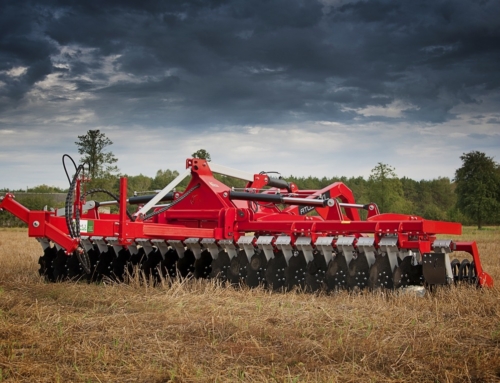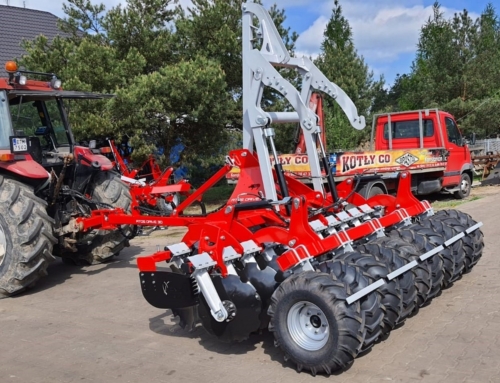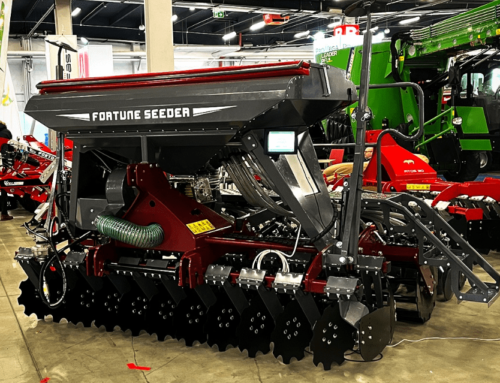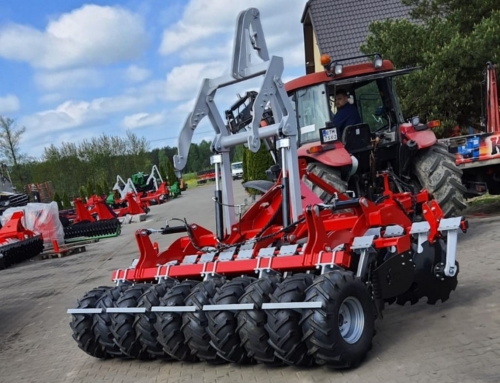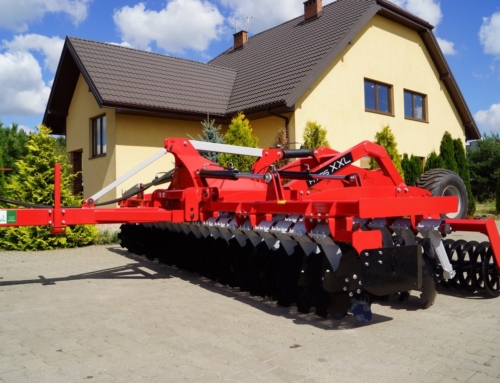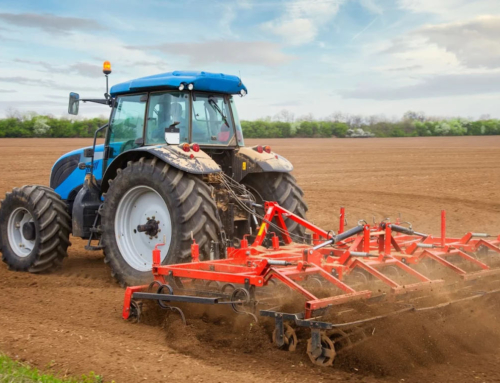Selecting the appropriate depth harrowing is a key factor in agriculture that has a significant impact on soil quality, plant health and overall crop performance. Selecting the optimal depth harrowing is a complex process that requires taking into account many factors, such as soil analysis, plant requirements, climatic conditions, crop rotation and monitoring of results. In this article, we will look at each of them in more detail to help farmers choose their working depth accurately.
- Soil analysis
- Plant requirements
- Climatic conditions
- Crop rotation and cultivation history
- Performance monitoring
Soil analysis
The first step in selecting the optimal depth harrowing is to analyze your soil. Understanding the structure, composition, pH, nutrient content and degree of compaction is crucial. Because soils of different types and properties will require different working depths. Heavy soils usually require deeper soil harrowing, to improve their structure and permeability, while light, sandy varieties may require a more superficial action to retain moisture.
Plant requirements
Each species of crop plants has its own individual requirements. Therefore, it is worth getting acquainted with the recommendations of seed producers or agricultural advisors regarding the optimal depth harrowing for specific species. Some plants prefer deeper roots to access water and nutrients. In turn, other species will prefer shallower roots, which is why harrowing procedure it should be made more superficial.
Climatic conditions
Climatic conditions have a significant impact on the selection of the optimal depth harrowing. Regions with higher rainfall tend to have more compact soils that require deeper loosening to allow water to flow freely and avoid stagnation. In drier regions, soils may be sandier and therefore shallow tillage is more suitable to retain moisture closer to the surface.
Crop rotation and cultivation history
The history of cultivation and the crop rotation system used also influence harrowing procedure. If deep harrowing has been used for many years, the soil may require time to regain its natural structure and adapt to shallower harrowing. However, when conducting crop rotation, the requirements of various crops should also be taken into account and the harrowing depth should be adjusted to their needs.
Performance monitoring
After determining the optimal depth harrowing it is important to monitor the results of the crop. Observation of plant growth, soil condition and crop quality provides valuable information on the effectiveness of the particular scope of work used agricultural machine. If there are problems such as insufficient rooting of plants, excessive water stagnation or nutrient deficiency, a different harrowing depth can be adjusted in subsequent cropping seasons.


